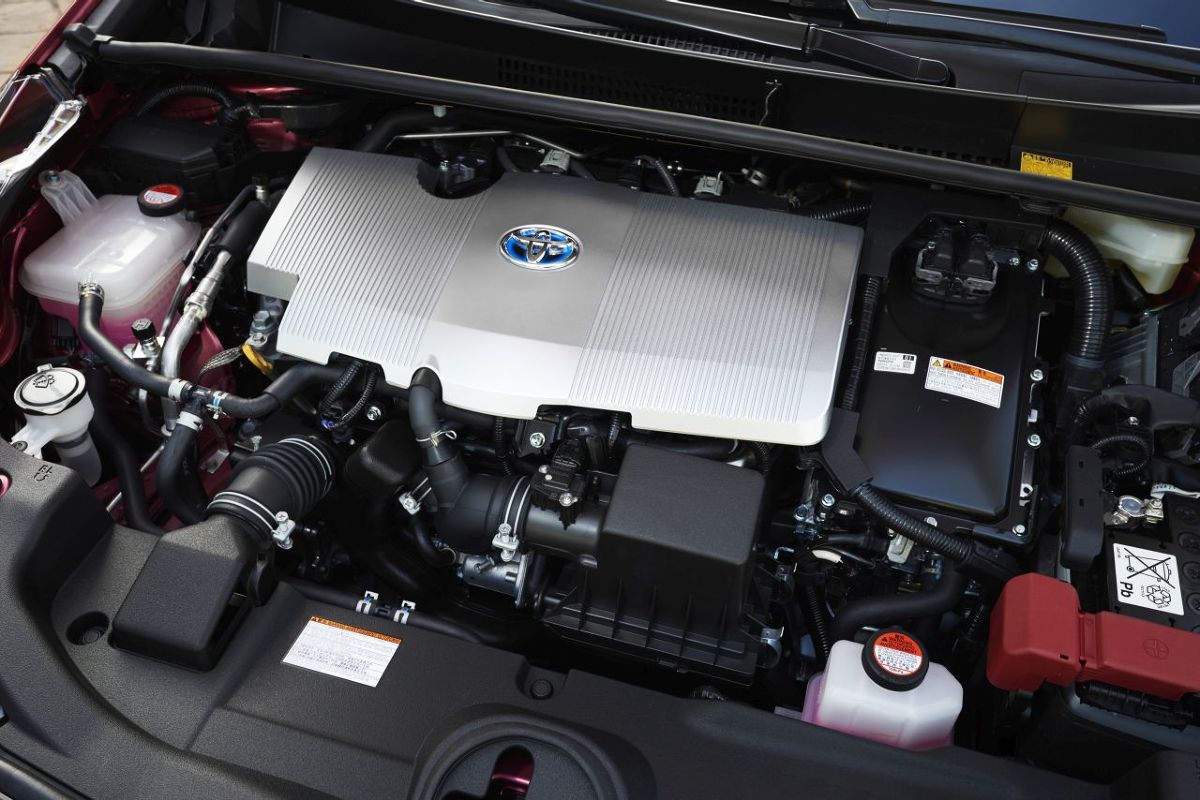
Where do hybrid cars get their electricity from?
 Hybrids are the most popular type of eco-friendly vehicles in the world. Their popularity is due to a significant reduction in price - at present, most hybrids cost the same as a comparable diesel with the same configuration. The second reason is ease of use - hybrids refuel just like any other internal combustion vehicle, and are not charged from a power outlet. But if they don't have chargers, where does the electric motor get its electricity from?
Hybrids are the most popular type of eco-friendly vehicles in the world. Their popularity is due to a significant reduction in price - at present, most hybrids cost the same as a comparable diesel with the same configuration. The second reason is ease of use - hybrids refuel just like any other internal combustion vehicle, and are not charged from a power outlet. But if they don't have chargers, where does the electric motor get its electricity from?
There are various engine technologies currently on the market that reduce or eliminate exhaust emissions. Hybrid vehicles are the most common, but people who want to invest in an alternative drive can also opt for plug-in hybrids (PHEVs), electric vehicles (EVs), and in some countries also hydrogen fuel cell vehicles (FCVs). The advantage of these three solutions is the possibility of emission-free driving. However, there are some logistical problems associated with them - cars running on electricity charged from the mains require a longer time to recharge the batteries. Not everyone has convenient access to an outlet outside the home or a fast charging station. Hydrogen cars only take a few minutes to fill up and tend to have a longer range than electric cars, but the filling station network is still under development. As a result, hybrid cars will remain the most popular form of eco-driving for some time to come.
Hybrids are self-sufficient when it comes to charging the battery that powers the electric motor. The hybrid system generates electricity thanks to two solutions - a system for recuperating braking energy and optimizing the operation of the internal combustion engine.
The first is based on the interaction of the brake system with the generator. When the driver presses the brake pedal, the brakes do not work immediately. Instead, a generator is started first, which converts the energy of the spinning wheels into electricity. The second way to recharge the battery is to use a gasoline engine. One may ask - what kind of savings is this if the internal combustion engine serves as a generator? Well, this system is designed in such a way that it uses energy that is wasted in conventional cars. Toyota's hybrid system is designed to keep the engine in the optimum rev range as often as possible, even when driving speed calls for either lower or higher revs. During dynamic acceleration, the electric motor is activated, which adds power and allows the driver to accelerate at the driver's desired pace without overloading the internal combustion engine. If, on the other hand, lower RPMs are sufficient to power the car, the system still keeps the engine in its optimum range, with excess power directed to the alternator. Thanks to this support, the gasoline engine is not overloaded, wears out less and consumes less gasoline.
The editors recommend:
The most beautiful cars from behind the Iron Curtain
Is a virtual breathalyzer reliable?
This is what you need to know about navigation
The main task of the electric motor is to support the gasoline unit at times of greater load - during start-up and acceleration. In vehicles with full hybrid drive, it can also be used separately. The electric range of the Toyota Prius is approximately 2 km at a time. At first glance, this is not enough if we mistakenly imagine that during the entire journey the electric motor can only be used for such a short distance, and the rest of the time it will be useless. In the case of Toyota hybrids, the opposite is true. The electric motor is used almost constantly - either to support the gasoline unit, or for independent work. This is possible due to the fact that the drive system almost constantly recharges the battery using the two mechanisms described above.
The effectiveness of this solution has been proven by tests conducted recently by the University of Rome. The 20 drivers driving the new Priuss drove the 74 km in and around Rome several times at different times of the day. In total, the distance traveled in the study was 2200 km. On average, cars traveled 62,5% of the way on electric power alone, without emitting exhaust gases. These values were even higher in typical city driving. The brake energy regeneration system generated 1/3 of the electricity used by the tested Prius.

